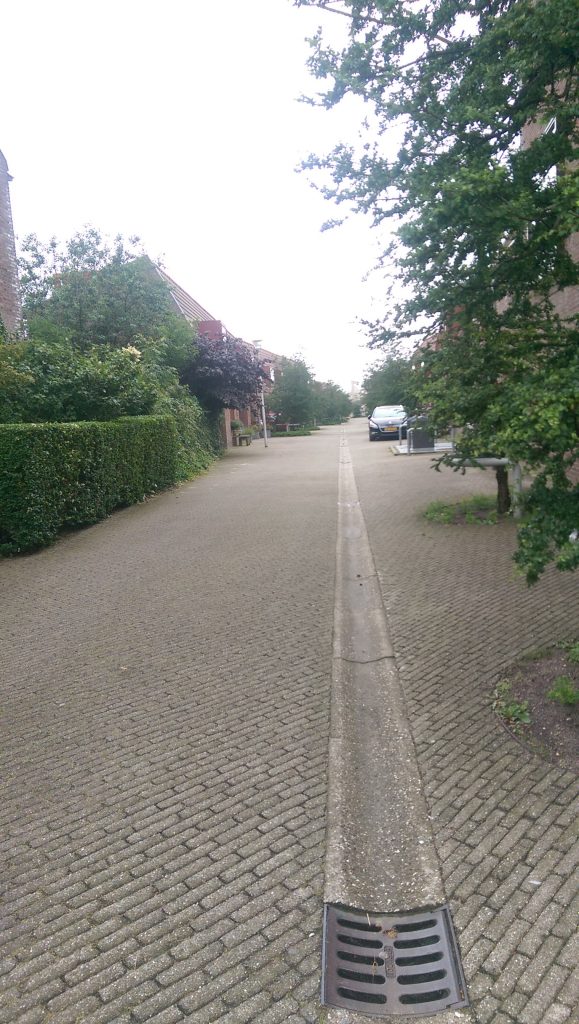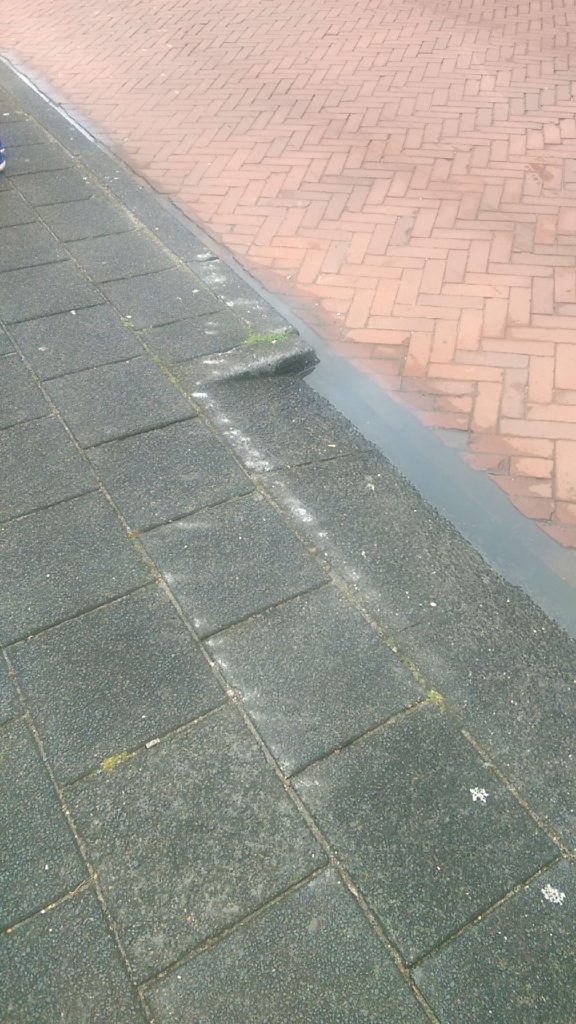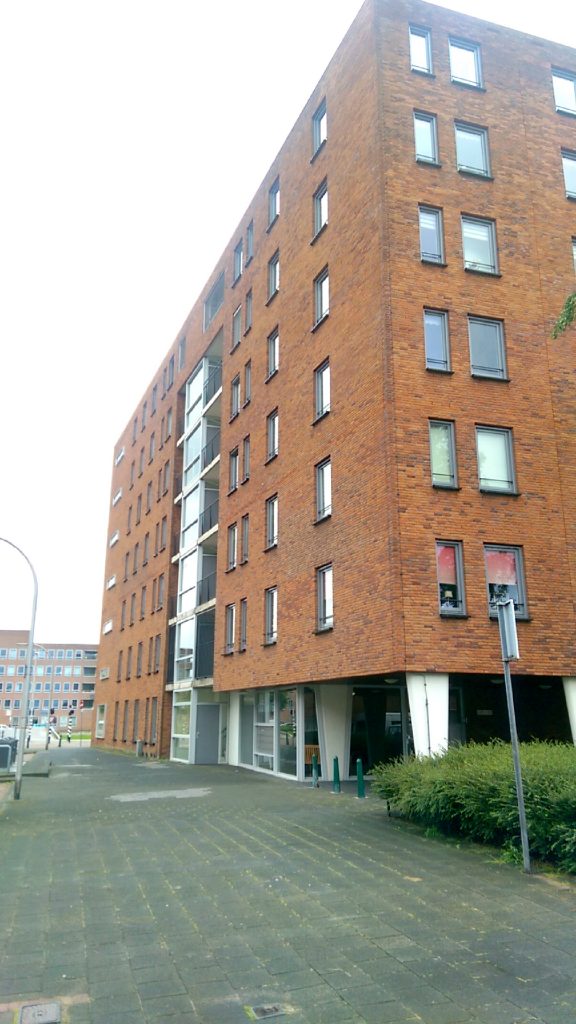Ypenburg, a suburb of Den Hague offered an example of what happens when transit and community planning is realized from the ground up. Walking around this town allowed for an interesting discussion on what elements comprise a thoughtful design.
Everything from the height of the curbs to the placement of the gutters seemed to have been done with purpose, and with the intention of seamlessly blending all forms of transportation into a friendly and forgiving network.


While some of the students thought that the neighbourhood seemed boring, I thought it actually looked like a nice place to live. Certainly if you want a vivid nightlife and a wide variety of shops and services then this wouldn’t fit your bill, but with how great the tram and train network is in the Netherlands no matter where you are it’s not far to a more metropolitan centre. Especially since this is a suburb of the Hague it functions well as place to live comfortably while still having all the leisure and entertainment benefits of a bigger city.
The only concern I really had was that it seemed very empty during the day. While walking around we probably saw less than ten people, and we saw a lot of drawn curtains. It isn’t totally fair to comment without seeing it on a weekend, but my first impression is that it might be a bit lonely or lack the community feel of some of the older neighbourhoods and cities in the Netherlands. In Delft, even on the quieter days the old part of town seems welcoming and homey, whereas the multitude of blockish brick buildings in Ypenburg seemed more sterile and standoffish.

I did like that getting around seemed to be very easy, whether by car, by bike or by foot. Because Ypenburg was considerably quieter than its urban centre of Den Hague there were not as many inhibitors to using the car if it needed to be used, but it was clear than bikes and pedestrians were still well looked after, and often the priority. The ability to carefully balance these different modes of transportation in the community certainly added it its appeal for me.
Living in a suburb of Vancouver, I know the advantages and disadvantages of living in such a community but Ypenburg provides many advantages that my own city does not. The least of which is certainly not its pedestrian and bike friendliness! So far the City of North Vancouver where I live has begun to pursue more leisure focused projects, such as a mixed use path along the water called the Spirit Trail. This is wonderful certainly, but doesn’t help much when it comes to inspiring bike or bus commuters. The mindset in Vancouver needs to fundamentally change from bike and walking as leisure activities towards a more practical and useful way of managing transportation. Until then multi-use paths and weekend-warrior trails will remain the focus, and the roads will still be dominated by cars.